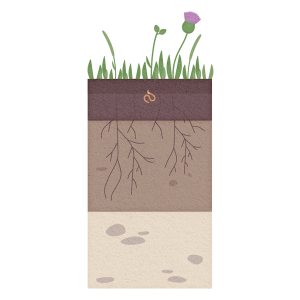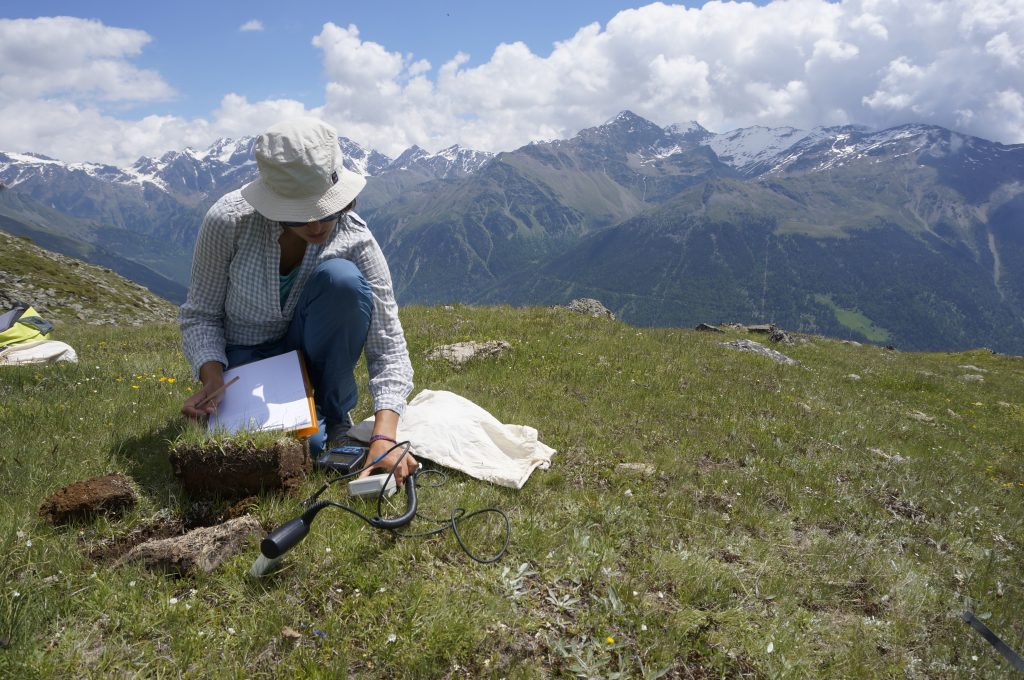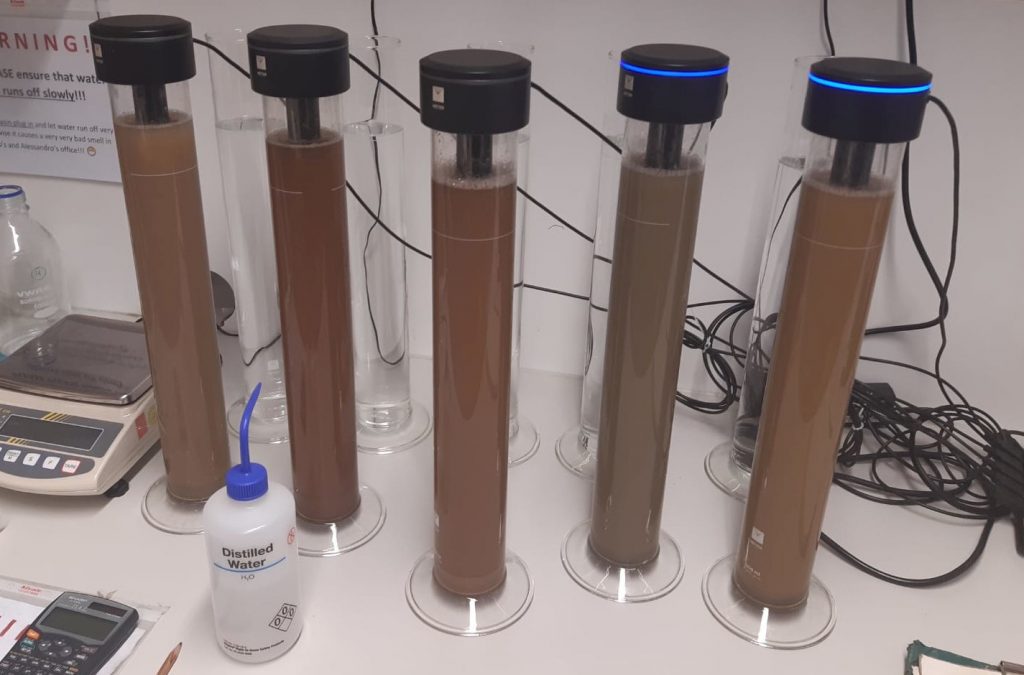Soil parameters and abiotic factors
Factsheet: Soil is defined as the thin animate part of the earth’s crust, consisting of mineral and organic particles as well as water and air. Soil is formed through a series of successive and parallel processes such as physical and chemical weathering, decomposition, and bioturbation. Its formation is driven by climate, topography, bedrock, vegetation, human activities, and above all time, resulting in a complex and dynamic construct. Soil harbours a vast amount of organisms from all kingdoms and is indispensable for humans, as it ensures our daily food and well-being.
Methods: On each site we determine the soil type using the Pürckhauer method and the soil colour using the Munsell Soil Colour Charts. To assess physical and chemical soil characteristics, soil is taken from at least four subplots, which are then pooled to obtain a homogenised sample of sufficient quantity (at least 400 g dry weight) for each area. The material is then air-dried in the laboratory and further processed. We analyse soil texture, pH, organic matter content, as well as the amount of macro-nutrients.





